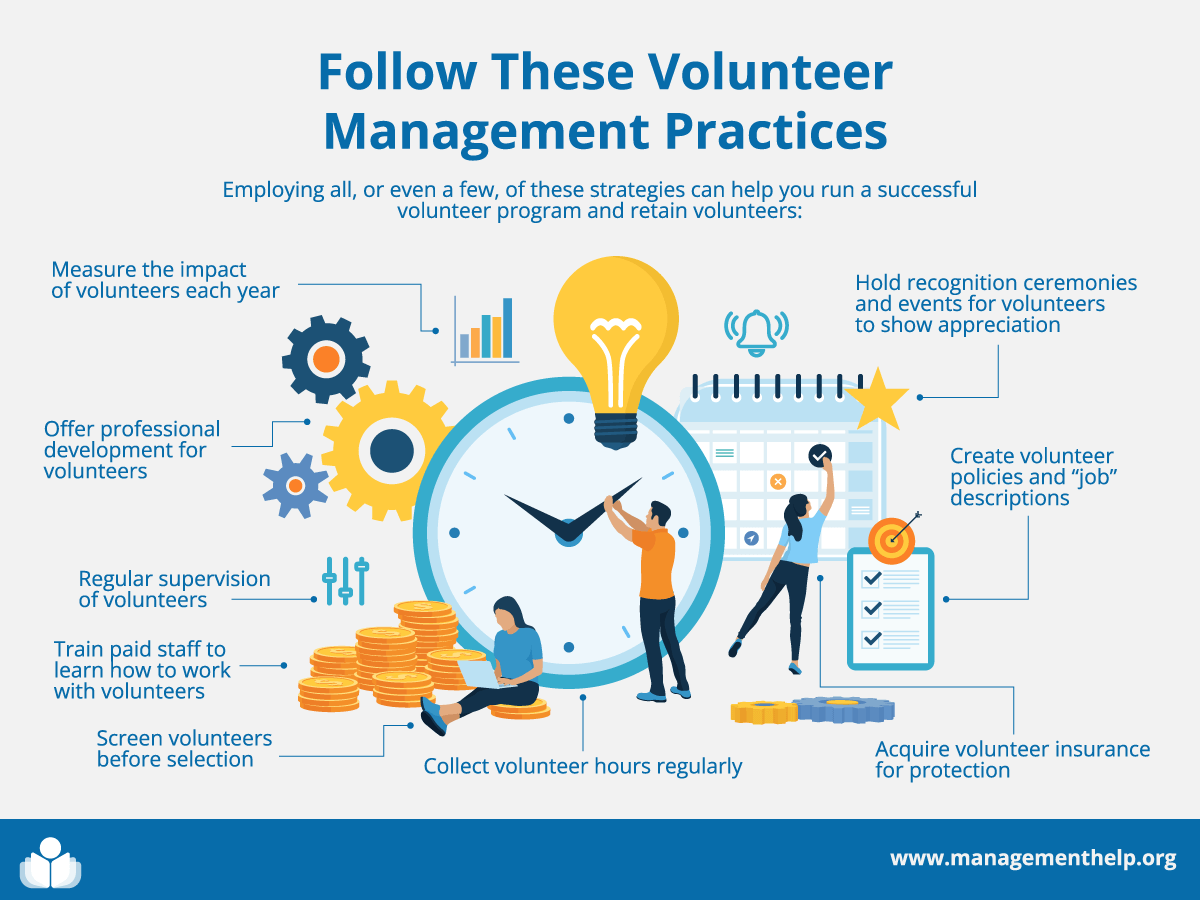Business Resources
Most Popular
Business Development — Growing Your For-Profit or Nonprofit Organization © Copyright Carter McNamara, MBA, PhD Whether your organization is a for-profit or nonprofit, you have to address certain considerations and make certain decisions if you set out to intentionally expand — or grow — your organization, products and/or services. You can grow your organization, products …
Basic Overview of Various Strategic Planning Models Learn Strategic Planning Without Incurring Travel Costs! The Series Facilitating Strategic Planning from the Consultants Development Institute provides virtual courses and numerous downloadable tools to learn to facilitate strategic planning. Concurrently you customize your own relevant and realistic Strategic Plan and earn a Certificate in Facilitating Strategic Planning. …
Basic Guide to Program Evaluation (Including Outcomes Evaluation) © Copyright Carter McNamara, MBA, PhD, Authenticity Consulting, LLC. Much of the content of this topic came from this book: This document provides guidance toward planning and implementing an evaluation process for for-profit or nonprofit programs — there are many kinds of evaluations that can be applied …
Problem Solving and Decision Making (Solving Problems and Making Decisions) © Copyright Carter McNamara, MBA, PhD, Authenticity Consulting, LLC. Sections of This Topic Include Test – What is Your Personal Decision-Making Style? Guidelines to Rational Problem Solving and Decision Making Rational Versus Organic Approach to Problem Solving and Decision Making General Guidelines to Problem Solving …
General Guidelines for Conducting Interviews © Copyright Carter McNamara, MBA, PhD, Authenticity Consulting, LLC. Adapted from the Field Guide to Consulting and Organizational Development. Sections of This Topic Include Introduction Preparation for Interview Types of Interviews Types of Topics in Questions Sequence of Questions Wording of Questions Carrying Out Interview Immediately After Interview Other Resources …
Goal Setting with Employees — What Should Employees Work On? © Copyright Carter McNamara, MBA, PhD, Authenticity Consulting, LLC. Adapted from the Field Guide to Leadership and Supervision in Business and Field Guide to Leadership and Supervision for Nonprofit Staff. Strongly Suggested Pre-Reading How to Ensure Strong Employee Performance Management Sections of This Topic Include …
Understand Generational Differences: Guidelines and Resources © Copyright Carter McNamara, MBA, PhD Sections in This Topic Include What Are Generational Differences? Overview of Perceived Differences Between Generations Are Generational Differences a Myth? Guidelines for Managing Different Generations Also consider Related Library Topics What Are Generational Differences? What is a Generation? Before we go on to …
What is Supervision? How Do I Supervise? Comprehensive, practical book by Carter McNamara The guidelines and resources in this topic are not sufficient to develop strong competencies in supervision. Those competencies come from extensive experience in applying that information. Sections of This Topic Include What is Supervision? To Truly Understand Supervision, Be Acquainted With Its …
More in Business Resources
Helping People to Motivate Themselves and Others Sections of This Topic Include Understanding Motivation Clearing Up Common Myths About Employee Motivation Basic Principles to Remember About Motivation Steps You Can Take to Support the Motivation of Others Various Theories About Motivation Also consider Related Library Topics Learn More in the Library’s Blogs Related to Motivation …
Mentoring Sections of This Topic Include Descriptions of Mentoring Test – How Well Do You Mentor People Now? Mentoring — Ripe for Training Being a Mentor Getting a Mentor Setting Up a Mentoring Program Also consider Related Library Topics Descriptions of Mentoring There are many perspectives on the definition of mentoring, especially since the relatively …
Power, Influence and Persuasion in Organizations Sections of This Topic Include Power is Not a Bad Word Influencing — How to Be Taken Seriously Also consider Related Library Topics Learn More in the Library’s Blogs Related to Power and Influence In addition to the articles on this current page, also see the following blogs that …
Guiding Skills and Leading People (Coaching, Leading People (Coaching, Counseling, Delegating, etc.)
Leading People (Coaching, Counseling, Delegating, etc.) Extensive guidelines for leading oneself, other individuals, groups and organizations are included in the books Field Guide to Leadership and Supervision in Business and Field Guide to Leadership and Supervision for Nonprofit Staff. © Copyright Carter McNamara, MBA, PhD, Authenticity Consulting, LLC. Adapted from the Field Guide to Leadership …
Improving Morale and Overcoming Negativity Sections of This Topic Include Employee Morale Boosters for Tough Times Additional Perspectives on Boosting Morale Also consider Related Library Topics Learn More in the Library’s Blogs Related to Morale In addition to the articles on this current page, see the following blogs which have posts related to Morale. Scan …
How to Delegate to Employees Sections of This Topic Include What is Delegating? How Is It Different Than Work Directing? Test – How Well Do You Delegate Now? How to Delegate For Growth and Performance of Your Employees Additional Perspectives on Delegating Also consider Related Library Topics What is Delegating? How Is It Different than …
Counseling Organization Members © Copyright Carter McNamara, MBA, PhD Related Library Topics Learn More in the Library’s Blogs Related to Counseling In addition to the articles on this current page, also see the following blogs that have posts related to Counseling. Scan down the blog’s page to see various posts. Also see the section “Recent …
















